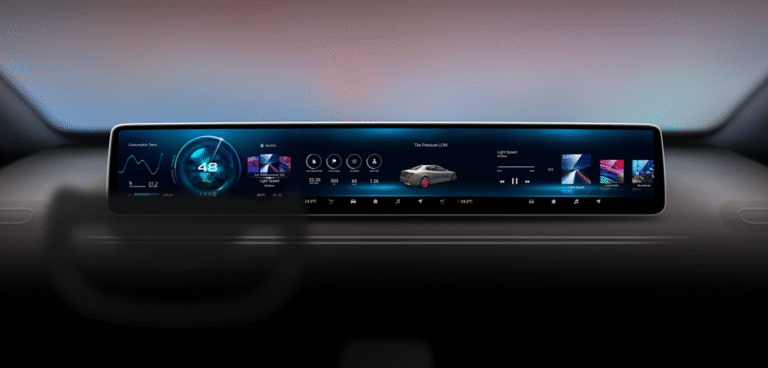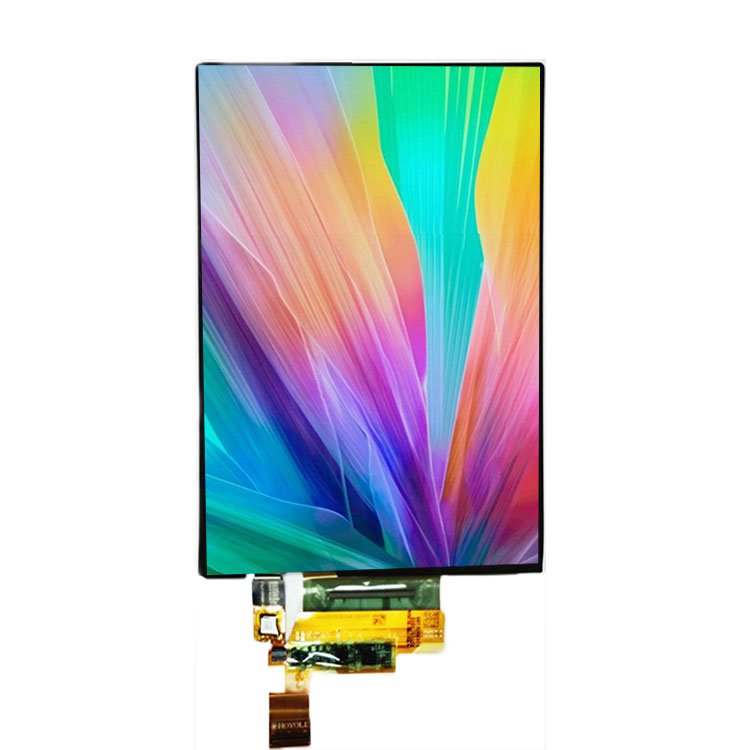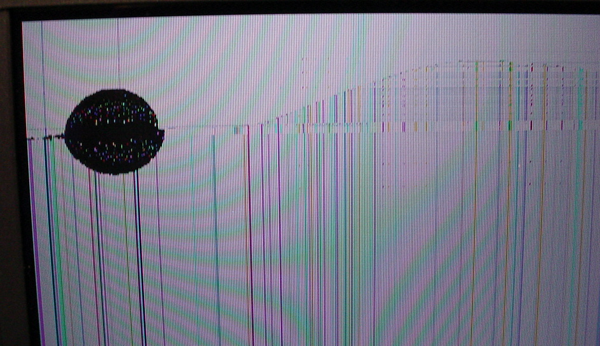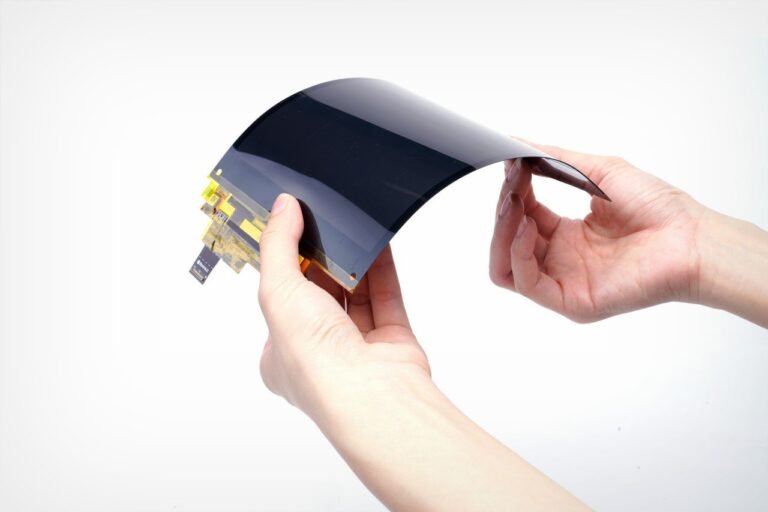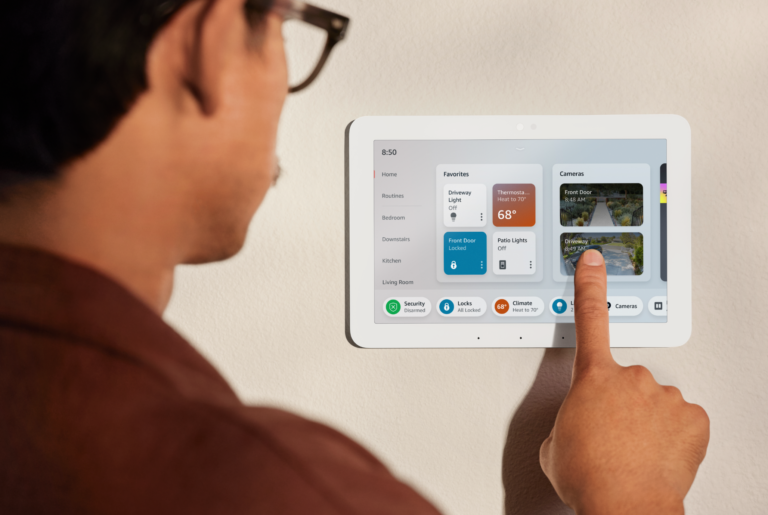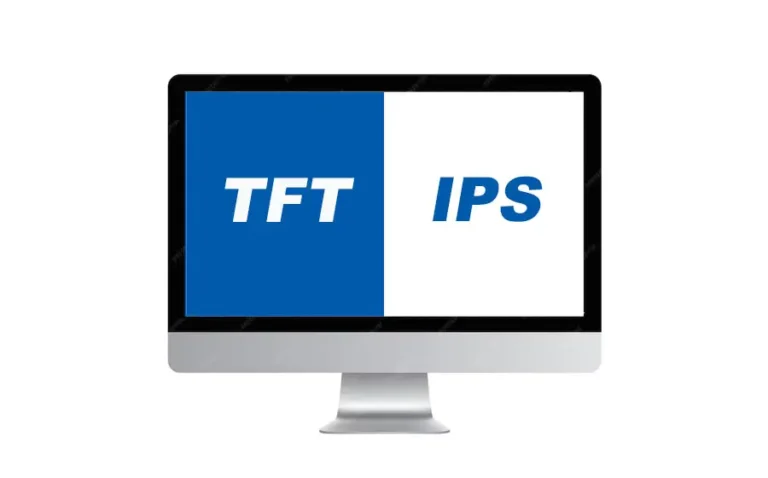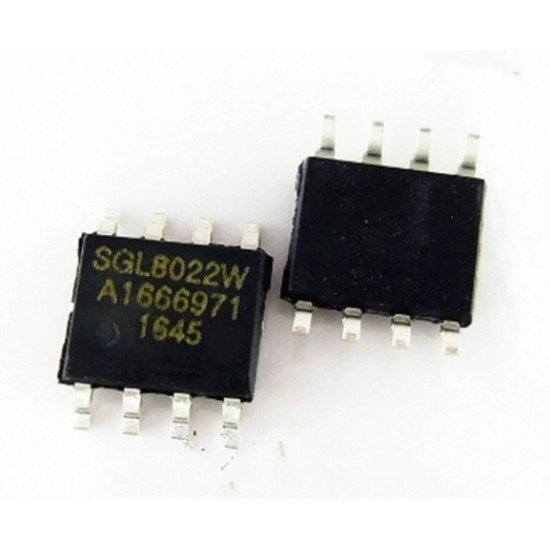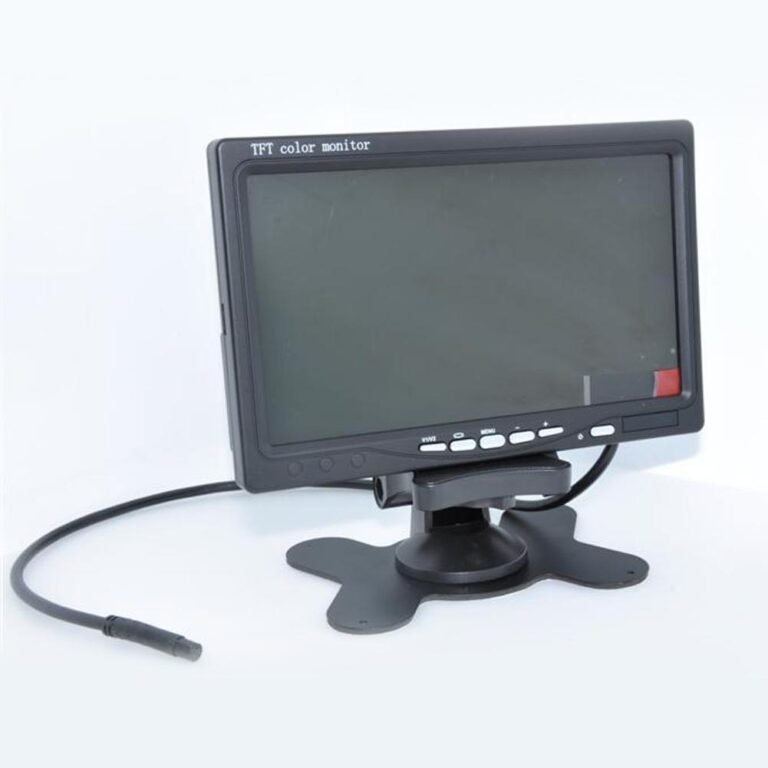The Core Concept: What Makes an LCD Screen?
LCD stands for Liquid Crystal Display, a flat-panel display technology that uses a unique state of matter—liquid crystals—to modulate light. Unlike emissive displays such as OLED or CRTs, LCDs do not produce their own light. Instead, they manipulate retroiluminación through controlled polarization and filtering to render visible images.
At a high level, every LCD panel consists of:
- A backlight source
- A capa de cristal líquido sandwiched between electrodes
- Dos polarizing filters
- A glass substrate embedded with thin-film transistors (TFTs)
- Color filters (for RGB rendering)
These elements work together to control how much light reaches each pixel—and what color it should be.
Lectura relacionada: Estructura y principio de funcionamiento de la pantalla de cristal líquido TFT
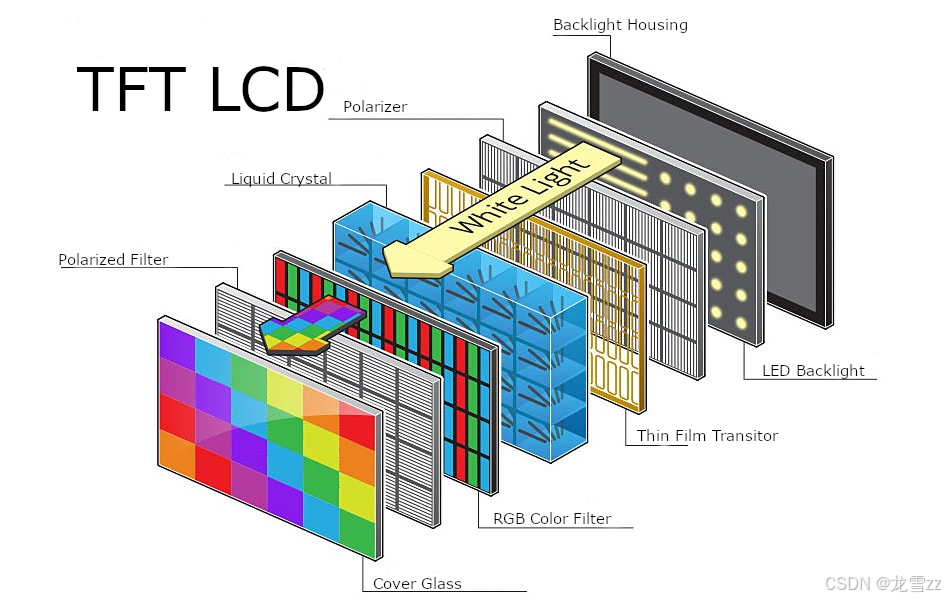
What Are Liquid Crystals?
Liquid crystals are materials that exhibit properties between those of conventional liquids and solid crystals. In LCD technology, nematic liquid crystals are the most common type used.
Their key characteristic is that they can reorient their molecular alignment when exposed to an electric field. This change affects how light passes through the layer, allowing LCDs to control brightness and contrast at the pixel level.
Without an electric field, the molecules are aligned in a twisted structure, rotating the polarized light and allowing it to pass through the final polarizer. When voltage is applied, the structure straightens and blocks light, creating darker pixels.
The Role of Backlighting in LCD Screens
Since liquid crystals cannot emit light on their own, backlighting is essential. The backlight unit (BLU) is typically located behind the LCD cell and is composed of:
- LED (most commonly white LEDs)
- Light guide plates (LGP)
- Diffusers and prism sheets
The goal is to create a uniform, bright light field across the entire display. This light will then be selectively blocked or transmitted by the liquid crystals above, depending on the desired image content.
Modern LCDs use edge-lit o direct-lit LED arrangements, and some high-end panels employ local dimming to enhance contrast.
En nuestro catálogo encontrará miles de productos.
Descubra nuestra amplia gama de productos, que incluye LCD-TFT, pantallas gráficas y alfanuméricas OLED, LCM, pantallas e-paper, escáneres de códigos de barras (integrados, portátiles, de montaje fijo), monitores industriales, ordenadores industriales (placas base, COM y SOM, sistemas integrados, ordenadores de panel HMI, SBC), pantallas táctiles capacitivas y resistivas, y accesorios (kits de desarrollo, conectores, controladores, cintas FPC/FFC, conectores ZIF).
How Pixels Are Formed in LCD Displays
Each LCD screen is made up of millions of tiny units called píxeles. A pixel in an LCD is not a single element—it consists of three subpixels: red, green, and blue. These subpixels are individually controlled to mix and create full-color output.
At the heart of pixel control is the Thin-Film Transistor (TFT) array, which acts like a grid of electronic switches. Each subpixel is addressed by its corresponding TFT, which regulates the voltage applied to the liquid crystals.
The more voltage applied, the more the liquid crystals align and block light—making that subpixel darker. Conversely, less voltage allows more light through. By varying this across subpixels, LCDs can display millions of color combinations.
How Color Filters Create RGB Output
Since the backlight is typically white, color filters are necessary to produce full-color images. These are patterned across the display in a fixed sequence—usually red, green, and blue stripes or delta arrangements.
Each subpixel sits beneath a filtro de color, and only allows light of that specific color to pass. By combining different brightness levels from the red, green, and blue subpixels, the display can render any color perceived by the human eye.
Por ejemplo:
- Red subpixel = full voltage → blocks light → appears dark
- Green subpixel = low voltage → passes more light → appears bright
- Blue subpixel = mid voltage → moderate light → mid-tone
Together, the eye blends these into a single color pixel—perhaps yellow, purple, or white.
The Role of Polarizing Filters
Polarization is essential to LCD operation. Two polarizing layers—one at the front, one at the rear—are aligned perpendicular to one another.
In the off state, the liquid crystal layer twists the light’s polarization so it passes through both filters. When se aplica tensión, the crystals untwist, blocking the polarized light at the second filter. This mechanism allows the display to selectively dim or brighten subpixels based on electric input.
En los paneles de "modo negro normal" (comunes en las pantallas IPS), el voltaje activa el brillo. En los paneles de "modo blanco normal", el voltaje bloquea la luz. La elección depende de las necesidades de la aplicación en cuanto a contraste y comportamiento energético.
Diferentes tipos de tecnologías LCD
Existen varios tipos de paneles LCD, cada uno optimizado para necesidades específicas:
TN (Twisted Nematic)
- Respuesta rápida, bajo costo
- Ángulos de visión estrechos
- Ideales para monitores de nivel básico, aplicaciones de bajo costo
IPS (conmutación en el plano)
- Excelente consistencia de color y amplios ángulos de visión
- Comunes en dispositivos móviles, pantallas profesionales
VA (Alineación vertical)
- Alto contraste nativo, negros más profundos
- Utilizados en televisores, paneles de control
LCD Transflectivos
- Reflejan la luz ambiental + utilizan retroiluminación
- Ideales para aplicaciones legibles a la luz del sol (p. ej., instrumentos para exteriores)
Cada tipo utiliza los mismos principios de cristal líquido, pero altera la alineación molecular y la geometría de los electrodos para adaptarse a diferentes condiciones de visualización y energía.
Lectura relacionada: ¿Cuáles son las diferencias entre TN, VA e IPS?
Preguntas frecuentes
¿Cuál es la función de los filtros polarizadores en una pantalla LCD?
Controlan el paso de la luz en función de su orientación. Las LCD utilizan dos polarizadores cruzados y la capa de cristal líquido para rotar o bloquear la luz, permitiendo el control del brillo a nivel de píxel.
¿Por qué es necesaria la retroiluminación en las pantallas LCD?
Los cristales líquidos no emiten luz. La retroiluminación proporciona una fuente de luz uniforme que se modula selectivamente para formar imágenes. Sin ella, la pantalla permanecería oscura.
¿Cómo produce una pantalla LCD diferentes colores?
Al combinar subpíxeles rojos, verdes y azules—cada uno con su propio filtro de color y control de brillo—las LCD pueden mezclar la luz en diferentes intensidades para formar imágenes a todo color.
¿Cuáles son las ventajas de la tecnología LCD sobre otras pantallas?
Las LCD son energéticamente eficientes, rentables y una tecnología madura. Ofrecen buen brillo, nitidez y una larga vida útil, especialmente cuando se combinan con retroiluminación LED.
¿Cuáles son los diferentes tipos de pantallas LCD?
TN, IPS, VA y Transflectivos son tipos comunes—cada uno adecuado para diferentes casos de uso, que van desde monitores económicos hasta pantallas legibles a la luz del sol y pantallas de alta gama con colores precisos.



